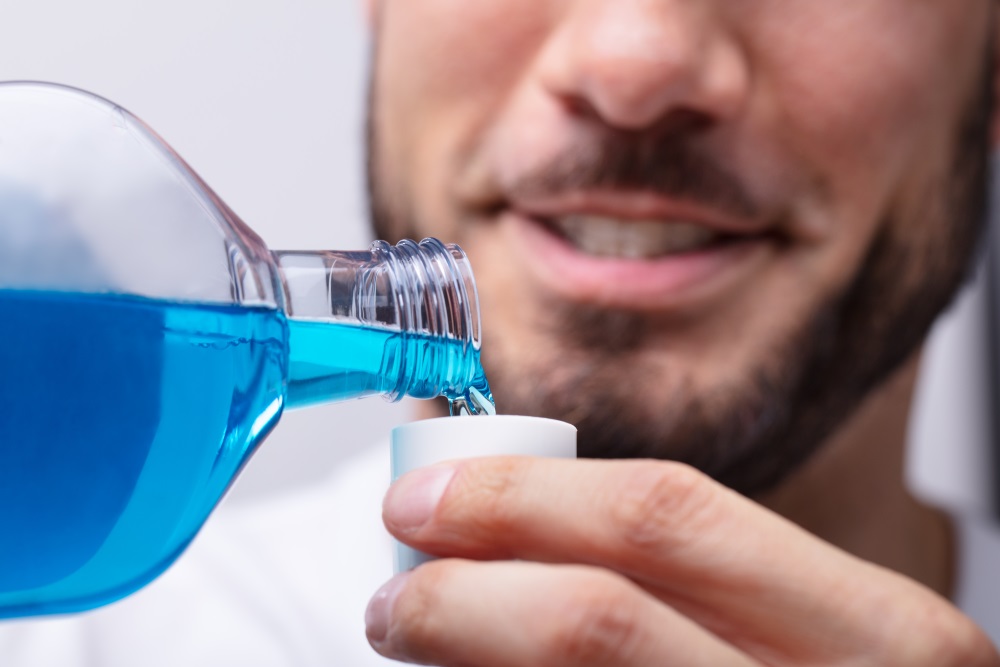How Do You Choose a Mouthwash?
Think about your daily oral health routine. We hope it includes brushing, flossing and mouthwash. And yes, we mean all three every day!
Many of our patients at Dr. Ku’s office ask for recommendations on what products—specifically toothpastes and mouthwash—they should use for optimal health. Interestingly, only about a quarter of the population uses it on a daily basis, with women more likely to use it as compared with men. Due to the overall low numbers, we wanted to provide a little guidance on how to choose a mouthwash as well as the importance in incorporating it into your daily routine.
If you have any concerns or questions about the mouthwash you currently use, make sure to give our Fort Worth office a call!
What’s the point of mouthwash?
There are two major types of it: cosmetic and therapeutic.
Overall, it has multiple benefits:
- First, it can help mitigate bad breath. If you need a quick way to kill that bad taste in your mouth, this is a quick and easy solution. Typically, mouthwash whose sole purpose is to keep you minty fresh is classified as cosmetic. Specifically, if a product doesn’t kill bacteria associated with bad breath, then its benefit is considered cosmetic.
- Next, mouthwash can help ward off symptoms of dry mouth, classified as a therapeutic mouthwash. There are products that are specifically formulated for this purpose. If you’re on certain medications or suffer from an illness that results in dry mouth, you might want to seek out this type of mouthwash.
- Finally, and perhaps most importantly, it can help prevent against plaque buildup and gingivitis. Mouthwash that contains fluoride can provide additional benefits that helps ward off bad bacteria and boost oral health. This type of mouthwash can also be classified as therapeutic.
What to look for in a mouthwash
First, when looking at mouthwashes, it’s important to determine if it has the ADA seal of acceptance. The ADA established rigorous guidelines for testing and advertising of dental products and products, and this seal reflects their approval. It’s also important to look at the ingredient list. First, fluoride should be included since it fights bacteria and helps strengthen enamel. Other ingredients like cetylpyridinium chloride eliminates bad breath and kills bacteria, and carbamide peroxide or hydrogen peroxide whiten teeth.
In addition to fluorinated mouthwash, there is also antiseptic mouthwash. Commonly known as Listerine, this formulation contains alcohol and is known to stop bacterial growth, particularly in those with mouth infections. In addition, antibacterial mouthwash can be used to reduce inflammation of your gums and cheeks as well as can help prevent infection and irritation.
Finally, natural mouthwash boasts many of the same therapeutic benefits of traditional mouthwashes—they’re just comprised of all natural ingredients. These products, such as Tom’s, do not contain alcohol or fluoride. Natural mouthwash is recommended for those with sensitive teeth and gums since it is free of harsh chemicals and can prevent unnecessary discomfort.
Reminder
For those with children who are looking to establish an oral health routine, mouthwash isn’t recommended until the elementary school years since it takes greater coordination to swish and not swallow. When you think your child is mature enough to use it, incorporate an age-appropriate choice into their nightly routine.






